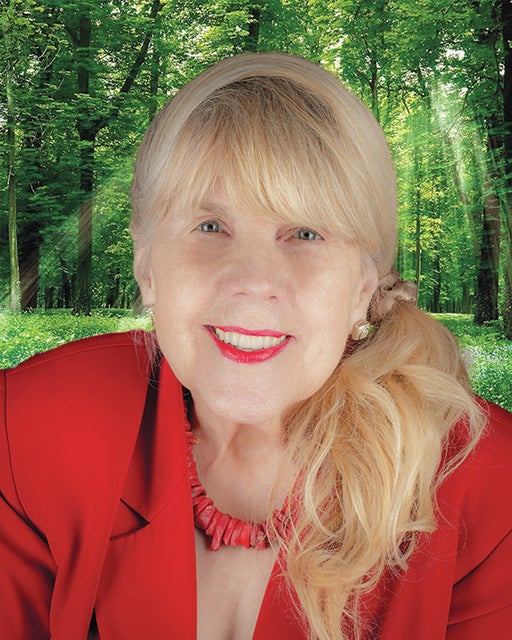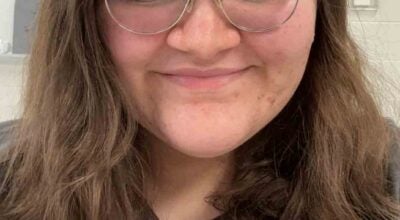Had your mammogram this year?
Published 6:01 am Saturday, October 14, 2017
If your chances of being diagnosed with an illness were one in eight, would you take available measures to check regularly to determine if you had developed it so that you could possibly save your life with early intervention?
If the person who is statistically at risk were your partner, your mother, your sister, your grandmother, would you insist on that person checking regularly?
This is Breast Cancer Awareness Month. How aware are you?
I was 25 when I had my first scare with breast cancer and since that time, I have been faithful in getting an annual mammogram and a breast exam by my general practitioner/gynecologist. And I know as I age, the likelihood of my getting the disease goes up — all the more reason to continue taking precautions.
As young girls we are aware that there seems to be a fixation with breasts in this country: too small, too large, ugly shape, wrong color, too droopy. And the words used to define this part of our bodies are often offensive: tits, hooters, jugs, knockers and words unsuitable for my column.
Any anxiety about pejorative language is multiplied when our breasts are touched by unwelcomed hands or we learn that a friend is in stage 4 with breast cancer. The anxiety is sometimes met with denial: “Breast cancer does not run in my family,” or “I noticed something, but I think it’s benign,” or “I don’t have time to get a mammogram,” or “A mammogram is so painful,” or “I don’t want a technician touching my breasts,” or “I’m too young for breast cancer.”
At times even our general practitioners are unwilling to say much except, “You’re young. It’s probably nothing. Let’s wait and see.” When you find yourself with one of these, it’s time to change doctors. I had a friend with such a physician . She died 20 years ago and her two young sons grew up without their mother.
I had a phone call last year from a husband of another friend. His mission: to explain to me why he had remarried a few weeks after his wife, one of the most intelligent, competent, and motivated woman with whom I’ve ever worked, had died. He tried to assure me that she had blessed his marrying so soon after his wife’s death. He promised to call me back, and I was so glad he didn’t.
There’s anger once a diagnosis is made. Another friend got so angry — she was diagnosed in her 20s — that she grabbed a citation a highway patrolman had given her for speeding and threw it out of the car window.
And divorce. One friend whose husband was a therapist could not handle her “imperfect” body after her double mastectomy. He died last year, but she went ahead after the divorce to complete a successful teaching career, move to the southwest, and start a business that is highly successful. She has since remarried and travels frequently. She will soon complete a month of travel in Europe. She posts Facebook photos every day of the sights she and her husband are seeing and the foods they’re eating. Just reading about all the walking she is doing each day exhausts me.
I had a second scare a few years ago when my left breast was bruised. I was ready to quit my job, buy a wig, and prepare to be miserable. My relief was palpable after I had my mammogram.
Scars from mastectomies are not attractive, but some women have chosen reconstruction or tattooing of beautiful images in the scar area. Each woman should feel empowered to make her own decision.
Sure, I’ll be the first to admit that a mammogram is not fun. It’s like placing your breasts one at a time in the door of your refrigerator and slowly trying to close the door. But if having a mammogram will save your life, you can do it once a year for each breast. After all, many of us have delivered children, and that’s no picnic either.
Note: The Oct. 16, 2017, issue of Time has some up-to-date articles on breast cancer. Buy a copy or visit your local library and spend some time reading and learning.
Contact Dr. Vivian Blevins at vbblevins@woh.rr.com.






